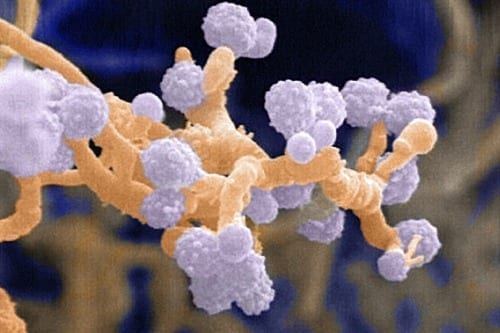The spread of information in social networks, something of crucial importance in awareness and marketing campaigns or the spreading of rumours and viruses, for example, is largely determined by the great heterogeneity of “internauts” — or Internet users — in their response time, according to the researchers.
Traditional models estimated that internauts respond in approximately one day and that, as such, it took one day for information to be transmitted.
However, this study, based on an actual experiment by IBM to observe and quantify the spread of business information in social networks, points out that it occurs at two speeds due to user activity. “Those who respond very quickly to e-mails, technology addicts who are always connected, are the ones responsible for spreading certain rumours or campaigns quickly via [the] Internet,” notes Esteban Moro, professor of Mathematics at the UC3M.
In this light, if information is so interesting that it reaches many people, the diffusion is faster because these people quickly forward the message. This explains why some computer viruses quickly spread via e-mail in a matter of hours, despite the fact that the email response time is one day. However, if information is not so interesting, the diffusion is slower because it is controlled by those persons who take a long time to respond; this causes some rumours or bits of information to remain dormant in social networks a long time after they are released.
Related articles by Zemanta
- Social Media Optimization & Marketing (SMO) (SMM) (jonggunlee.tistory.com)
- Why Social RSS Could Be Huge (jonggunlee.tistory.com)











